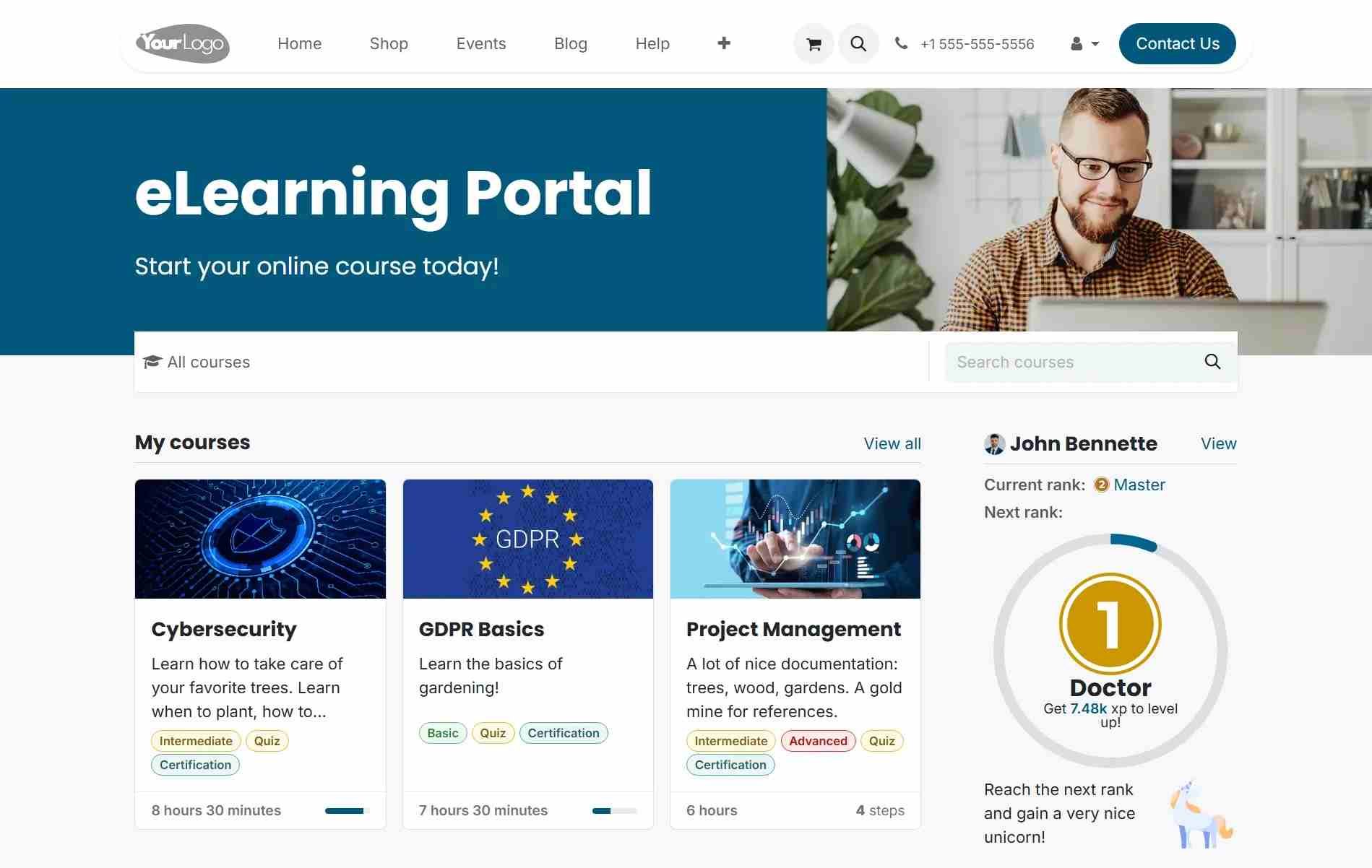Learning and Development as an HR Function
Acquiring
the right talent for the right roles is only the first step for HR. The next
crucial function is to train and develop employees to ensure their ongoing
competency and success in their positions. In today's rapidly evolving world,
continuous learning has become a critical skill for the modern workforce. To
remain relevant and successful, employees must have the ability to adapt and
update their knowledge and skills to meet the changing demands of their work
environment.
What
does L&D mean?
L&D, also known as Training and Development, is a vital function within an organisation that focuses on improving the skills and abilities of employees. It operates under the Human Resource department or as a standalone department with the goal of preparing employees for current and future responsibilities, often at a higher level. The main focus of L&D is to bridge skill gaps and enhance the competency of the workforce.
It's important to note that Training and Development are distinct but complementary responsibilities within L&D. Training focuses on providing employees with the specific skills needed for their role, while Development focuses on their overall professional growth and advancement.
What
is the Purpose of L&D?
The
Learning and Development function is essential for both employees and
employers. From the organisational perspective, L&D plays a crucial role in
attracting and retaining top talent, as modern workers highly value
opportunities for growth and development. To meet these expectations and stay
competitive, organisations must prioritise professional development for their
employees.

Here are some key reasons that make L&D important for organisations:
1. Maintains a current workforce
Even the most skilled employees may need to upgrade their knowledge and skills to keep pace with rapid technological advancements and changing market conditions. L&D plays a crucial role in upskilling employees and equipping them with the latest knowledge and expertise needed to perform their jobs effectively. By providing ongoing training and development opportunities, organisations can help their employees stay relevant and confident in their roles, reducing the risk of obsolescence and the fear of being replaced.
2. Employees find it valuable
Many employees have career aspirations and view opportunities for growth and development as a key factor in their job satisfaction. By offering training and development programs, organisations can demonstrate their commitment to supporting their employees' professional growth and advancement.
Studies have shown that investing in employee development can have significant benefits for both employees and employers. A study by Better Buys involving 2000 employees says that 92% of employees believe that access to professional development is important. It further found that professional development initiatives increase employee retention by 34% and employee engagement by 15%. We also have the LinkedIn 2019 Workforce Learning report echoing the sentiment, as it suggests that 94% of employees said to stay in a company longer if it invested in their learning.
We can infer that learning and development help organisations retain existing talent as well as attract top talent.
3. Lessens employee turnover
Minimising employee turnover is a critical concern for organisations. By providing learning and development opportunities, organisations can help mitigate the sense of career stagnation and boost employee confidence. Such programs can expose employees to new ways of working and make them more productive. When employees feel cared for and supported by their employer, they are more likely to have a higher level of trust and are likely to stay with the company for a longer period of time. Thus, investing in L&D can play a key role in reducing employee turnover and fostering a more stable workforce.
4. Maintains and raises performance standards
Investing in learning and development helps to raise performance standards within an organisation. By providing employees with the tools and training they need to excel, organisations can ensure that their workforce is meeting performance expectations and driving business success. This focus on continuous learning and development helps employees to stay competent and motivated, leading to higher levels of performance across the board.
5. Improves your bottom line
Investing in employee learning and development not only polishes their strengths but also helps them reach their full potential. This leads to increased productivity and fewer errors, saving time and effort required for rectification. The result is higher-quality outputs and the ability to serve more clients.In turn, improved employee productivity can lead to repeat business, creating a strong and loyal customer base. Clients appreciate the timely delivery of projects and error-free work, increasing their satisfaction. As a result, repeat business can have a positive impact on the bottom line of the company.
An effective L&D roadmap in just 5 steps
1. Align L&D with business goals
To ensure the success of your learning and development roadmap, it's crucial to align it with your business goals and strategy. Start by clearly defining the vision, mission, and aspirations of your organisation and use them as a foundation for your L&D strategy. This way, you can ensure that your L&D efforts are aligned and will support the achievement of your business goals.
2. Identify training needs
Conduct a comprehensive assessment of your employees' knowledge, skills, and attitudes (KSAs) to determine the training gaps and areas where training can have the most impact. This will help you to align employee development with organisational goals and ensure that resources are utilised effectively.
3. Develop a content strategy
The third step is to develop a content strategy. After identifying the training needs and gaps in the KSAs of your workforce, it's time to determine what content should be included in your training program. This step is crucial in ensuring the learning has a high impact and supports the overall goals of the organisation.
4. Identify delivery methods and implement training
Once you have determined your training content, it's time to decide on the most effective delivery method(s) for your team and type of training. On-site training, online training, classroom-based learning, and practical learning are just a few examples of the options available. Ensure that you choose the right delivery method that aligns with your team's learning style and the objectives of each training program.
5. Use appropriate technology
Incorporating technology can greatly enhance your learning and development process. Before delivering training, technology can be used to assess the current knowledge of employees and identify training needs. After training, technology can facilitate the efficient evaluation of learners through the use of assessments and tests. Check out Numla LMS, our learning and development solution, which facilitates and streamlines your learning and development process.
6. Measure ROI and Adapt
Track
the return on investment (ROI) of your training programs and assess their
effectiveness. Establish performance metrics and measure them against your
goals. Gather feedback from learners and continuously improve your L&D
process by being agile and adapting to new insights.
How
Numla LMS helps you with L&D?
Overview of Numla LMS
Numla LMS is a powerful and adaptable learning and development platform designed to meet the needs of large organisations. This cloud-based solution is tailored to the unique requirements of each organisation. With a focus on ease of use, Numla LMS provides a user-friendly interface that allows for seamless navigation and organisation of your training content.

One of the key features of Numla LMS is its course creation option, which makes it simple to create and manage training courses. The platform also includes skills and certification tracking capabilities, allowing organisations to track employee progress and monitor the success of their training initiatives.
In addition, it offers mobile learning through a dedicated app, making it easy for employees to access training materials and continue their learning on the go. It also supports asynchronous learning, which enables learners to complete training at their own pace.
It offers creative grading options, allows you to upload SCORM content, facilitates discussion forums, and provides advanced reporting capabilities. These features equip organisations with the ability to closely monitor employee progress, evaluate the impact of their training programs, and make informed decisions to enhance their learning and development initiatives.
Numla LMS is a comprehensive and reliable learning and development solution that offers organisations the tools and resources they need to effectively train and develop their workforce.
The Benefits of using Numla LMS for L&D
Streamlined content management
Numla LMS helps keep courses organised and easy to access, allowing learners to quickly find the information they need. It also offers the ability to embed videos and supports a range of content types, such as PDFs, infographics, quizzes, and more.
Effective evaluation and certification
The platform makes it easy to design and create tests, with features such as question pools for randomised selection and time and attempt limits for tests. Learners can see their results instantly and, if they pass, can be certified through the system.
Improved community engagement
With features like discussion forums and a leaderboard that recognises top performers, Numla LMS promotes communication and teamwork among learners. Additionally, they have the option to review courses and provide feedback, which provides management with useful information about the effectiveness of their courses.
Personalised learning
The system helps tailor training to individual employees by offering customizable programs. Additionally, it automates repetitive tasks such as scheduling and grading, reducing administrative overhead.
Assessing training impact
It helps measure the effectiveness of training programs and provides insight into the training needs of employees. This helps organisations to constantly improve their training and development programs and keep their employees up-to-date.